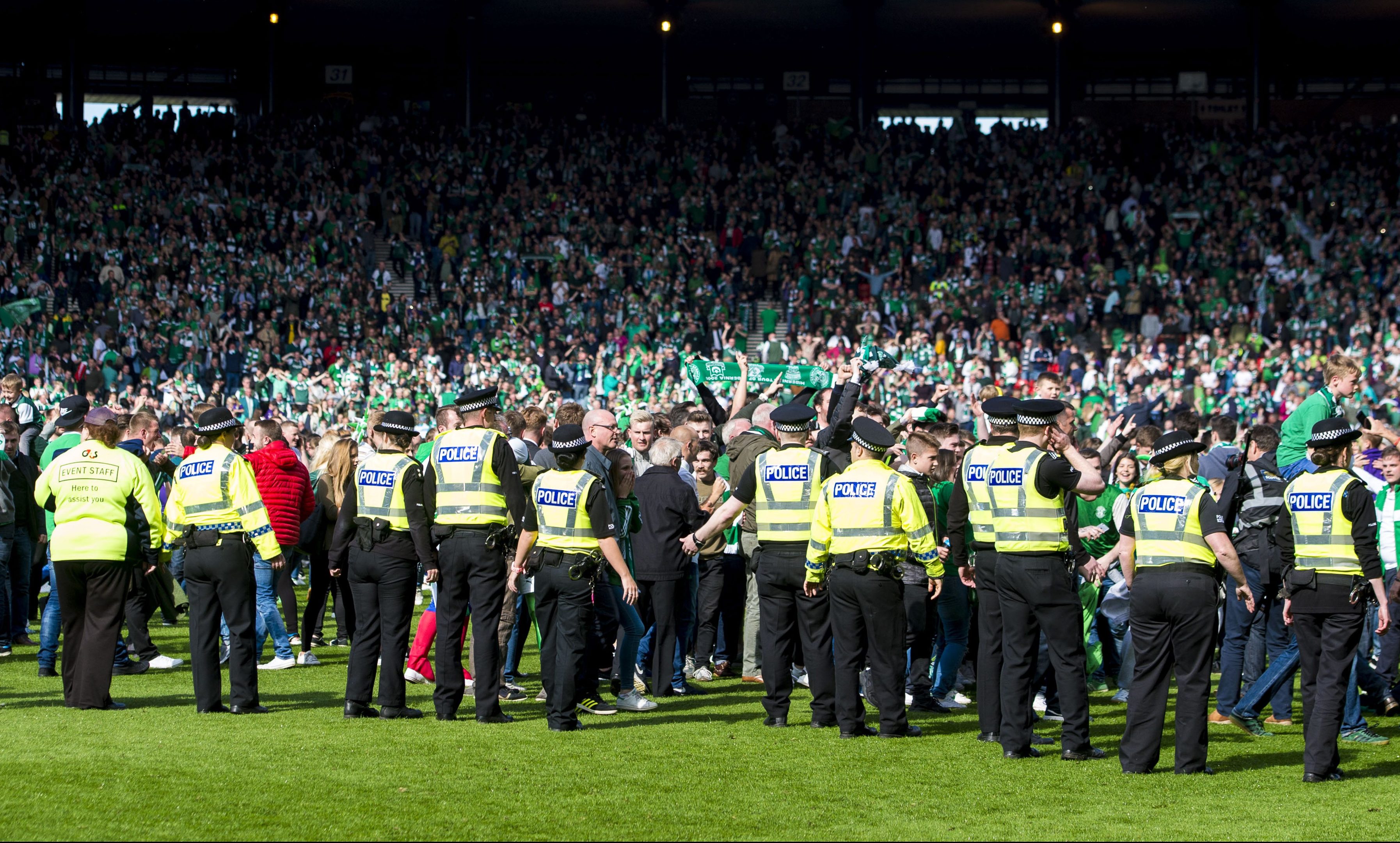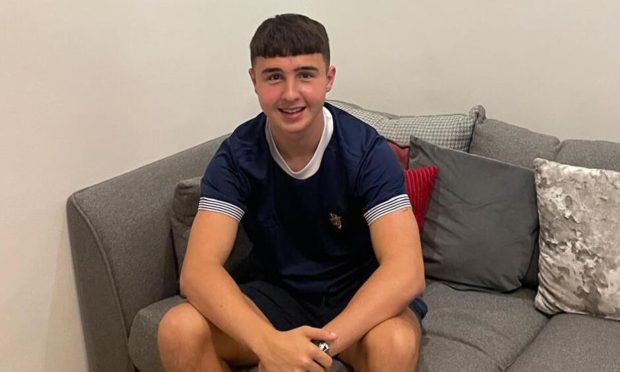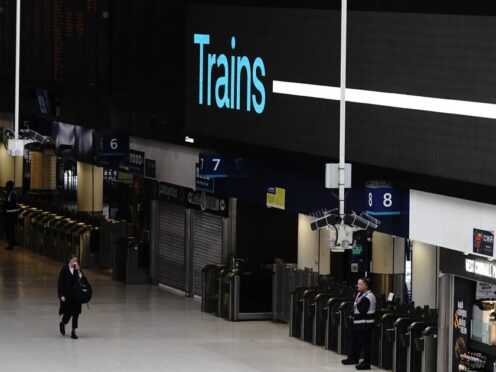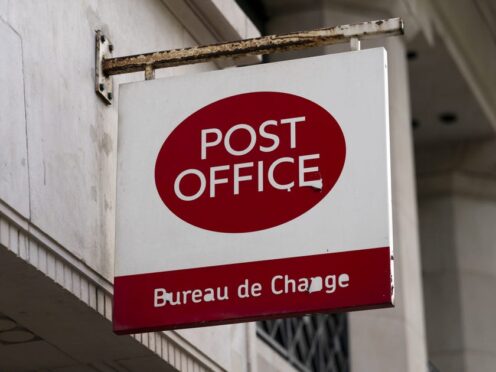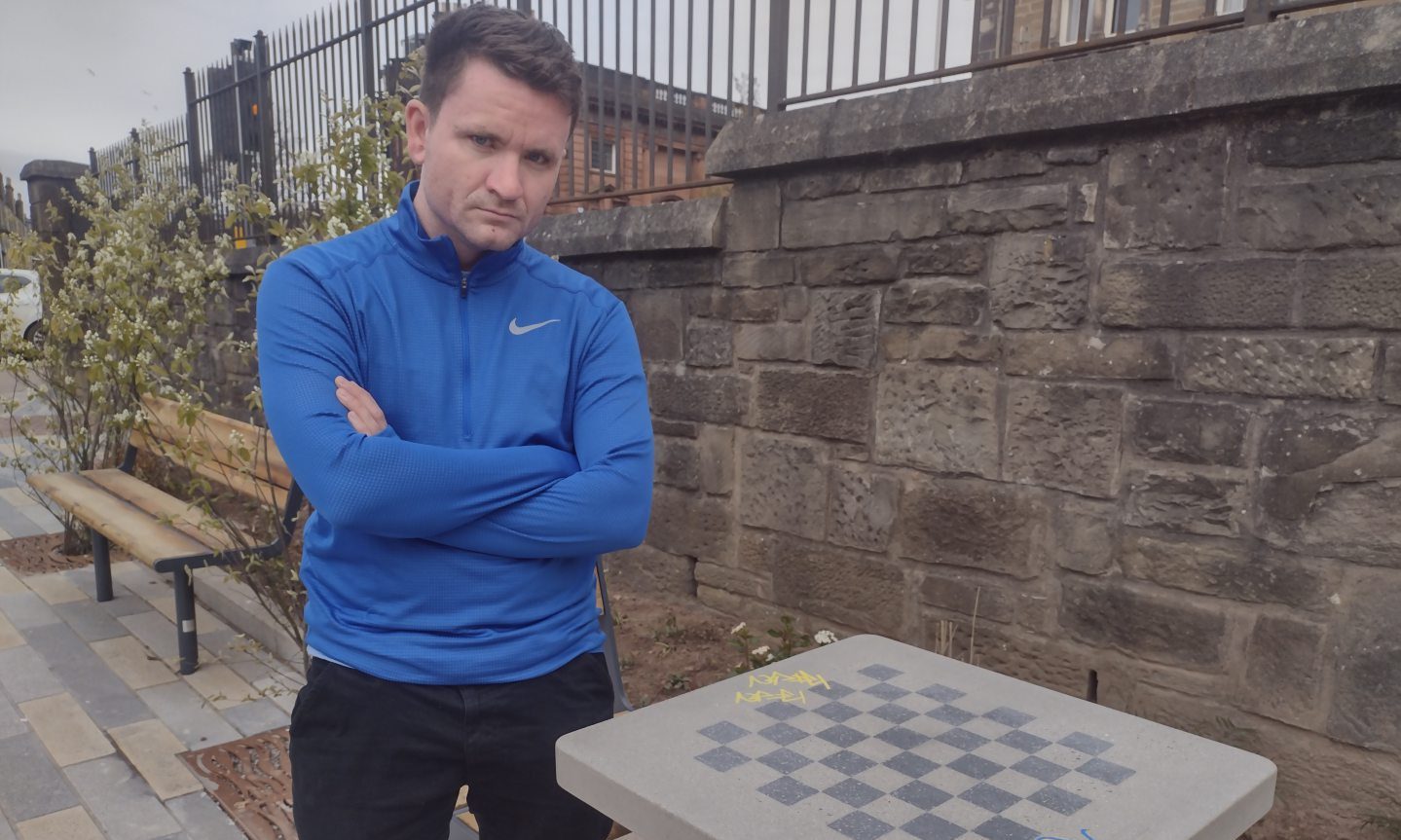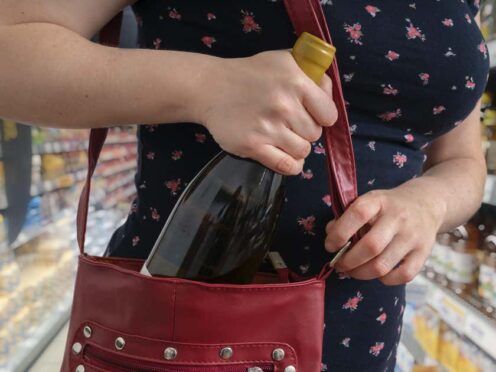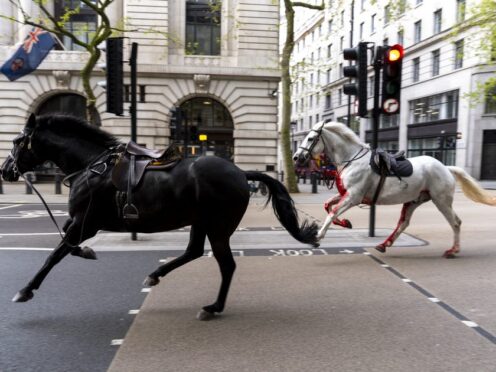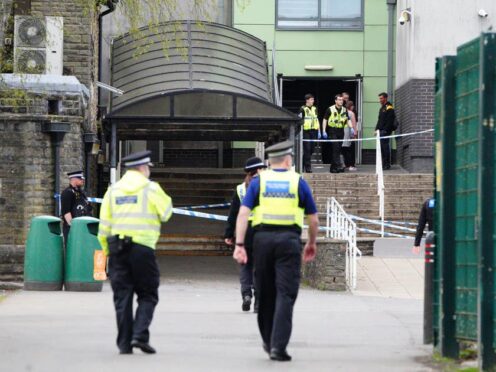The number of football banning orders issued north of the border more than doubled last season, despite a large part of the league campaign being curtailed due to Covid-19.
Troublemaking fans were hit with 65 orders between June 1, 2019, and May 30 this year, compared with just 26 over the same period in season 2018/19.
A Freedom of Information request showed last season’s number also eclipsed the 2017/18 season, when 56 orders were issued.
Football banning orders were introduced in Scotlandin 2006 as a means to stop potential troublemakers from taking part in football-related violence or disorder.
Supporters of Scottish Premier League leaders Rangers topped the table, with 325 orders imposed since 2006, ahead of Celtic on 142 and Hibernian on 141.
Dundee United have been associated with 16 orders in the past 14 years, while fans of Tayside rivals Dundee and St Johnstone have racked up 10 and four respectively.
Dunfermline Athletic have recorded 13 since 2006, with Fife rivals Raith Rovers on seven, Cowdenbeath on three and East Fife on one.
Teenage hooligans who damaged pitch by throwing smoke bomb handed football banning orders
No banning orders have been imposed on fans of senior clubs in Angus.
A Police Scotland spokesperson said: “Legislation allows for police to apply for a Football Banning Order (FBO) for football-related offences linked to violence and disorder and, on conviction, sheriffs may issue an FBO.
“FBOs are a tool at our disposal to tackle violence and disorder related to football and keep fans, players and communities safe.
“We work closely with the clubs and courts to tackle criminality.”
Bans prohibit supporters from attending regulated football matches and, unless there are exceptional circumstances, require the surrender of the person’s passport when relevant overseas matches are to be played.
Additional restrictions can also be imposed, such as prohibiting movements in areas around football grounds on match days.
According to the latest statistics, almost 500 orders have been imposed in Scotland since the start of September 2006 – ranging from junior clubs through to European teams such as Ajax and Spartak Moscow.
A selection of FBOs issued since 2006:
Aberdeen 44
Airdrieonians 7
Albion Rovers 1
Ayr United 14
Berwick Rangers 1
Celtic 142
Clyde 1
Cowdenbeath 3
Dundee 10
Dundee United 16
Dunfermline 13
East Fife 1
Falkirk 14
Hamilton 12
Heart of Midlothian 51
Hibernian 141
Inverness CT 6
Kilmarnock 11
Morton 1
Motherwell 17
Partick Thistle 10
Peterhead 1
Queen of the South 5
Raith Rovers 7
Rangers 325
Stirling Albion 1
St Johnstone 4
St Mirren 10
